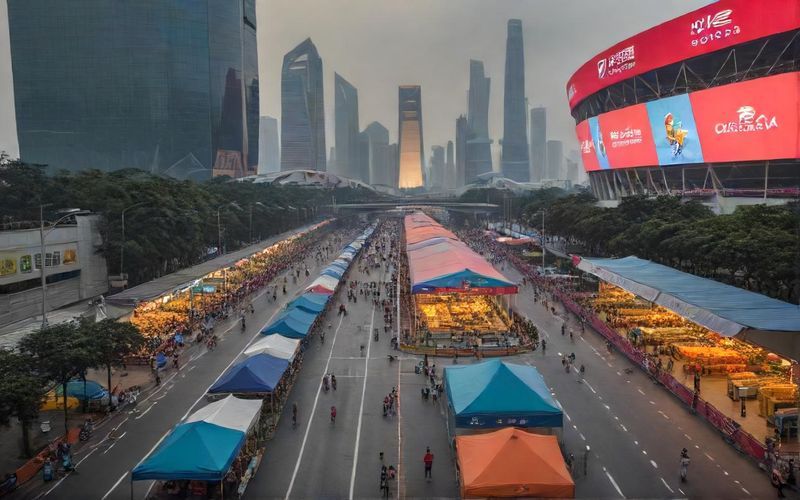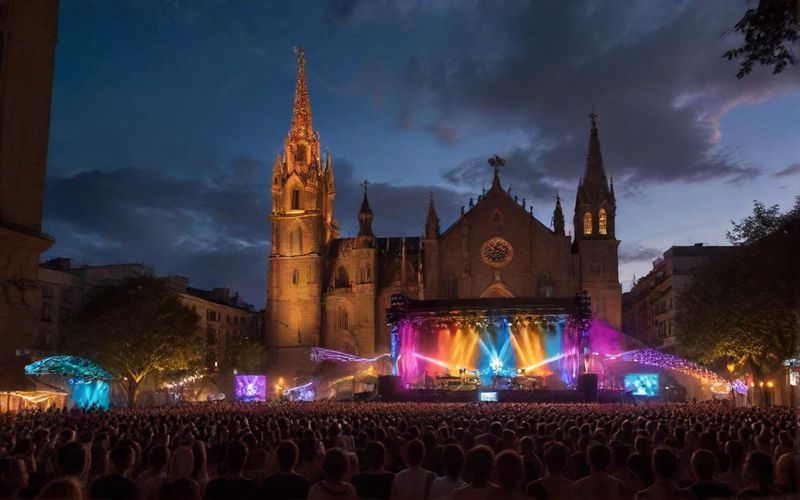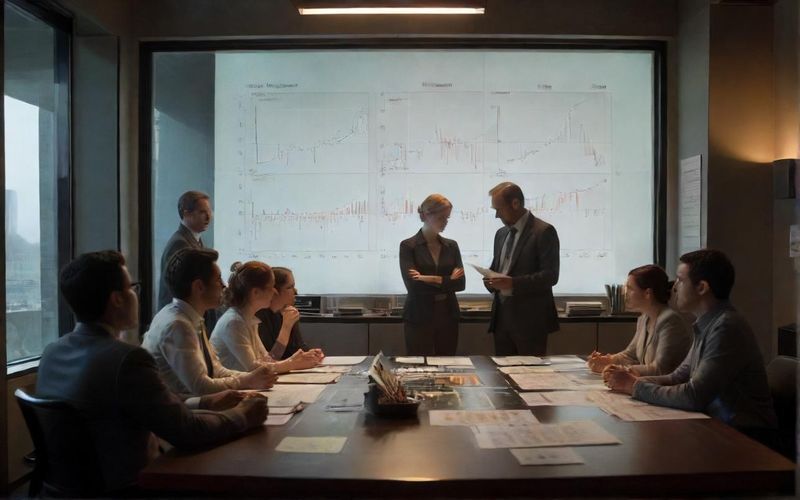Guangzhou's Dual Role: Sports & Trade Unite

For weeks, residents and visitors alike have navigated a complex web of temporary traffic measures. The familiar rhythm of Guangzhou's streets has been punctuated by odd-even plate restrictions, dedicated lanes for event participants, and the quiet hum of adjusted metro and bus schedules. It's a logistical ballet, a necessary performance to ensure the smooth flow of athletes, officials, and spectators across a sprawling urban landscape. While inconvenience is an inevitable byproduct of such large-scale operations, there’s an underlying current of shared purpose, a collective buy-in to the spectacle unfolding. We’ve all likely experienced the ripple effect – a slightly longer commute, a familiar route suddenly off-limits, a moment of mild confusion at a changed bus stop. Yet, these are small sacrifices in the grand theater of national competition.
Adding another layer to Guangzhou’s multifaceted present is the Fifth China Xinjiang Special Forestry and Fruit Products Expo. This event, taking place within the very halls that usually host the renowned Canton Fair, represents a strategic effort to bridge geographical divides and foster economic connections. It’s an initiative designed to showcase the rich agricultural bounty of the Xinjiang Uygur autonomous region, particularly its prized forest and fruit products, to the discerning market of the Guangdong-Hong Kong-Macao Greater Bay Area. Imagine the vibrant displays, the sweet aromas of jujubes, grapes, apricots, and almonds – products cultivated in the vast northwestern reaches of China finding a new audience in the bustling south.
This expo isn't merely a trade fair; it’s an ambitious economic blueprint. Officials envision it as a catalyst for Xinjiang's transformation into a national supply base for agricultural and livestock products, a move intrinsically linked to promoting social stability and economic development within the region. The focus on deep-processed goods and the improvement of cold chain logistics speak to a sophisticated approach, moving beyond raw produce to value-added offerings. It’s a testament to the evolving landscape of Chinese commerce, where specialized industries are being nurtured and integrated into broader national strategies.
What's truly fascinating is the juxtaposition of these two seemingly disparate events within the same city, at the same time. Guangzhou, the vibrant economic engine, is simultaneously acting as a grand stage for national athletic achievement and a crucial marketplace for regional agricultural products. The city is a microcosm of China's broader ambitions: projecting strength through sports while simultaneously weaving a tighter economic fabric across its diverse regions. It’s a dynamic interplay, a visual representation of a nation on the move, balancing grand spectacles with the quiet, persistent work of economic integration.
As the Games wind down and the expo concludes, one can't help but wonder about the lasting impact of these concurrent initiatives. Will the traffic headaches fade into memory, replaced by stories of athletic triumph and new taste experiences? More importantly, will the economic ties forged in Guangzhou between the GBA and Xinjiang continue to flourish, demonstrating that even across vast distances, shared ambition can cultivate tangible prosperity? The city, in its dual role, offers a compelling narrative about connection, development, and the intricate dance of national progress.








